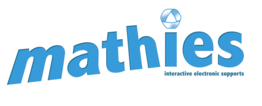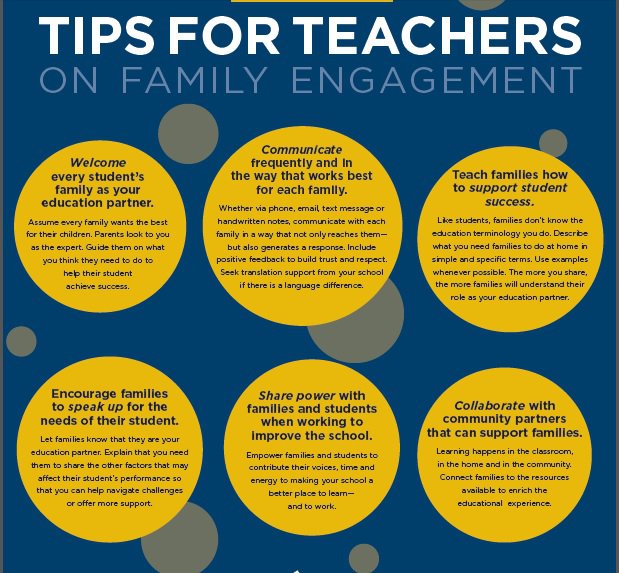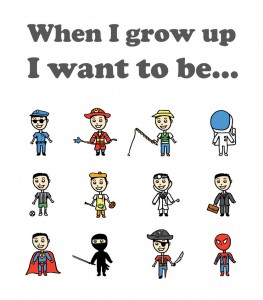 Lots of Acceleration and Little Steering…yet – How do we Leverage Digital learning during and post Pandemic?
Lots of Acceleration and Little Steering…yet – How do we Leverage Digital learning during and post Pandemic?
The introduction of new technologies has always brought with it a myriad of responses from users. For example, some are willing to wait in line for countless hours to be the first to own the latest and greatest cell phone, others cannot imagine being without a landline. Some find merit in both. Regardless of where each of us was a few months ago, technology has become an essential tool to address an urgent need as a result of the pandemic. The recent move to learn remotely has administrators, educators and students propelled into accelerated learning on the technology learning continuum.
When remote learning began, the key focus for many was on learning the basics of site navigate and content upload to the virtual learning environment. As familiarity with digital tools have increased at a rapid rate and basic skills are developing with greater automaticity many are using technology as an effective tool to be leveraged to enhance and transform teaching and learning.
Now that school systems have been accelerated into a digital world teaching and learning will forever be transformed to involve technology. The status quo will no longer suffice for many educators and students. Even so, anyone who has driven a vehicle knows that acceleration without steering can have dire consequences. School and system leaders need to consider how to effectively leverage new digital capabilities to support deeper pedagogy. When face to face learning resumes and the urgency of the pandemic is not a significant driver in the use of technology it will be imperative for us to consider how to keep the momentum going for effectively using technology in new and innovative ways in education.
We need to consider:
- What is your vision for digital in the next year?
- What conditions need to be in place to continue to leverage technology in schools to enhance learning?
- What are the ways that technology can be used for transformative learning and the creation of new learning opportunities that were previously inconceivable?
- What practices will need to discontinue?
- What is your first move?
We are currently in a state of flux in education with momentum to make significant strides in the use of digital technologies to support student achievement. Putting on the brakes when we return to a more familiar classroom experience should not be our next move. Now is the time for steering. Leaders have opportunity to choose the path rather than having the path chosen for us.
A Superintendent in another Board near us recently posted this Dave Hollis meme on her Twitter feed and it succinctly summarizes exactly what we need to continue to consider together as we move forward.

 I have now been in my new role as a Superintendent of Education here in Grand Erie for just over two months. Many people have asked me about the transition, and I can truly say it has been wonderful.
I have now been in my new role as a Superintendent of Education here in Grand Erie for just over two months. Many people have asked me about the transition, and I can truly say it has been wonderful. have learned from each past interaction and individual, using these insights to have a positive impact on student achievement and well being. Having different experiences in my educational journey has confirmed for me, over and over again, that there are many facets of the education system to learn about, often in ways that I had not anticipated. And that is why learning together as a team is vital.
have learned from each past interaction and individual, using these insights to have a positive impact on student achievement and well being. Having different experiences in my educational journey has confirmed for me, over and over again, that there are many facets of the education system to learn about, often in ways that I had not anticipated. And that is why learning together as a team is vital. So, let’s start the conversation. In my experience working at the system level, I find that staff (whether Board staff, school staff or the various support staff) truly want to make decisions relevant to students, educators, schools and families. For example, the recent rolling out of the Parent Portal across the district provides a single digital access point for families and ensures the safety and privacy of student information. That decision was a team decision and it took many different personnel to make it happen. #workingtogether
So, let’s start the conversation. In my experience working at the system level, I find that staff (whether Board staff, school staff or the various support staff) truly want to make decisions relevant to students, educators, schools and families. For example, the recent rolling out of the Parent Portal across the district provides a single digital access point for families and ensures the safety and privacy of student information. That decision was a team decision and it took many different personnel to make it happen. #workingtogether I recently read
I recently read 


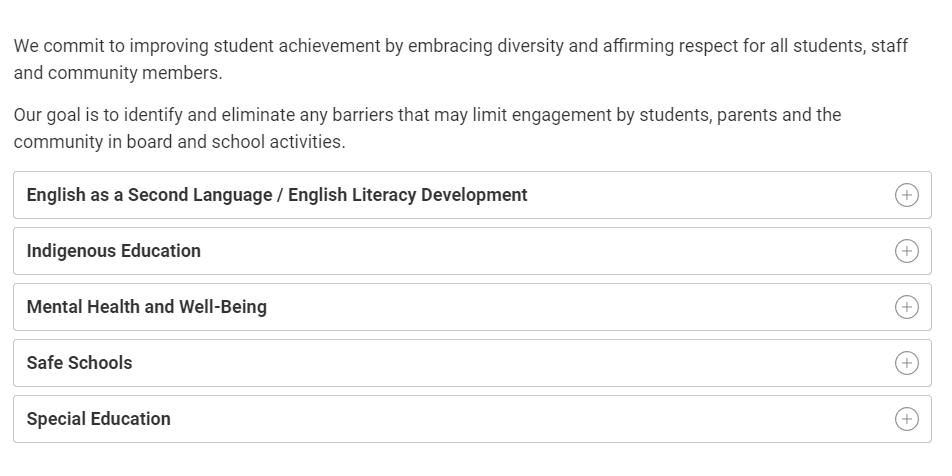

 Unofficially, I have been a teacher since the third grade. By that I mean I spent endless hours of my childhood in my room, playing ‘school’ by lining up my stuffed animals and keeping my sister captive while I took attendance. We would stand together and sing “O’ Canada”. Afterwards I would ‘teach’ a
Unofficially, I have been a teacher since the third grade. By that I mean I spent endless hours of my childhood in my room, playing ‘school’ by lining up my stuffed animals and keeping my sister captive while I took attendance. We would stand together and sing “O’ Canada”. Afterwards I would ‘teach’ a their academic needs but also their social emotional needs, the role of the physical environment and how each of these factors contribute to their well-being.
their academic needs but also their social emotional needs, the role of the physical environment and how each of these factors contribute to their well-being.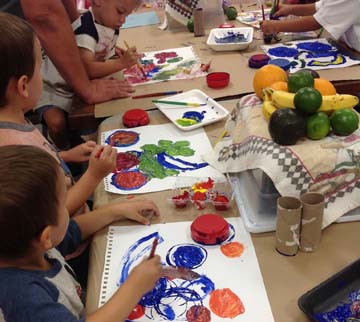 s of young students I often observe children creating; building, painting, sculpting…. I ask them to tell me about their work. I sometimes observe them looking their creation over….pausing and, depending on what they observe, decide in that moment what their creation is destined to be. This, and the dialogue that follows, are valuable moments in inquiry learning. Although function can follow form with ease in an inquiry-based learning environment, form should follow function and students should become the driver when redesigning spaces for learning.
s of young students I often observe children creating; building, painting, sculpting…. I ask them to tell me about their work. I sometimes observe them looking their creation over….pausing and, depending on what they observe, decide in that moment what their creation is destined to be. This, and the dialogue that follows, are valuable moments in inquiry learning. Although function can follow form with ease in an inquiry-based learning environment, form should follow function and students should become the driver when redesigning spaces for learning.
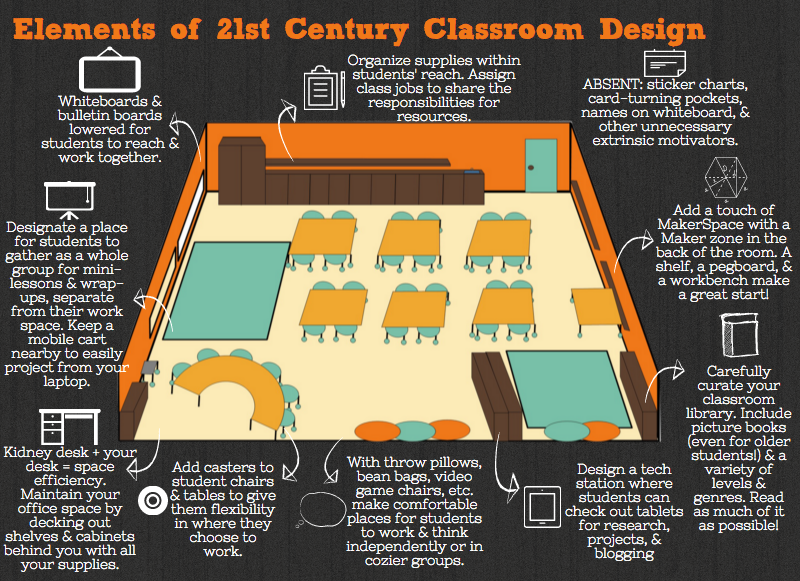
 September presents educators with an eager anticipation for new beginnings and a sense of hope for limitless possibilities that lie ahead; for students – a hope in attaining their loftiest learning goals; for educators – a desire to unleash students’ fullest potential and for administrators – to empower their school communities to engage in cycles of continuous improvement.
September presents educators with an eager anticipation for new beginnings and a sense of hope for limitless possibilities that lie ahead; for students – a hope in attaining their loftiest learning goals; for educators – a desire to unleash students’ fullest potential and for administrators – to empower their school communities to engage in cycles of continuous improvement.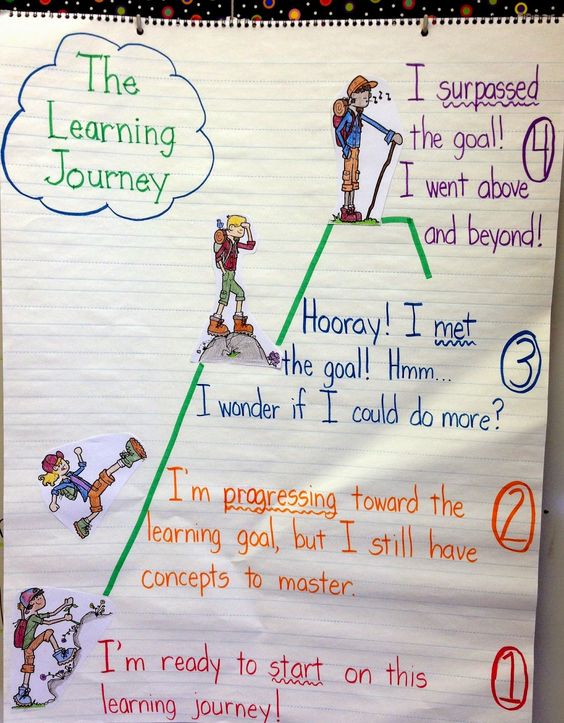 example, how challenging it would be going from a position of being a knowledgeable other to one who is almost exclusively the recipient of new knowledge. I do not struggle with not knowing everything. In fact, I have always prided myself on recognizing that I have much to learn, but the steep learning curve of a new role can have the potential to make one’s confidence wane. The uncertainties I am experiencing are bringing me out of my comfort zone but in ways that leave me inspired to challenge myself. It is my hope that the skill set and attitude that has brought me to this point in my learning journey will continue to help me be successful in my new role and to apply my own fresh lens to each situation to which I am presented. I remind myself to hold onto my long held belief that mindset is crucial to success in any role and that new challenges are meant to be embraced!
example, how challenging it would be going from a position of being a knowledgeable other to one who is almost exclusively the recipient of new knowledge. I do not struggle with not knowing everything. In fact, I have always prided myself on recognizing that I have much to learn, but the steep learning curve of a new role can have the potential to make one’s confidence wane. The uncertainties I am experiencing are bringing me out of my comfort zone but in ways that leave me inspired to challenge myself. It is my hope that the skill set and attitude that has brought me to this point in my learning journey will continue to help me be successful in my new role and to apply my own fresh lens to each situation to which I am presented. I remind myself to hold onto my long held belief that mindset is crucial to success in any role and that new challenges are meant to be embraced! I have a rear view camera in my car. This tool helps me back into a parking space by providing a visual of what is behind me while I am backing up. Today was a very muddy, wet day and, much to my dismay, the camera was covered in mud so it was of no use to me as I was backing into a parking spot. Surprisingly, I backed into the spot effortlessly – even without the camera.
I have a rear view camera in my car. This tool helps me back into a parking space by providing a visual of what is behind me while I am backing up. Today was a very muddy, wet day and, much to my dismay, the camera was covered in mud so it was of no use to me as I was backing into a parking spot. Surprisingly, I backed into the spot effortlessly – even without the camera. efficiently and see things I otherwise may have missed (i.e., my blind spots).
efficiently and see things I otherwise may have missed (i.e., my blind spots).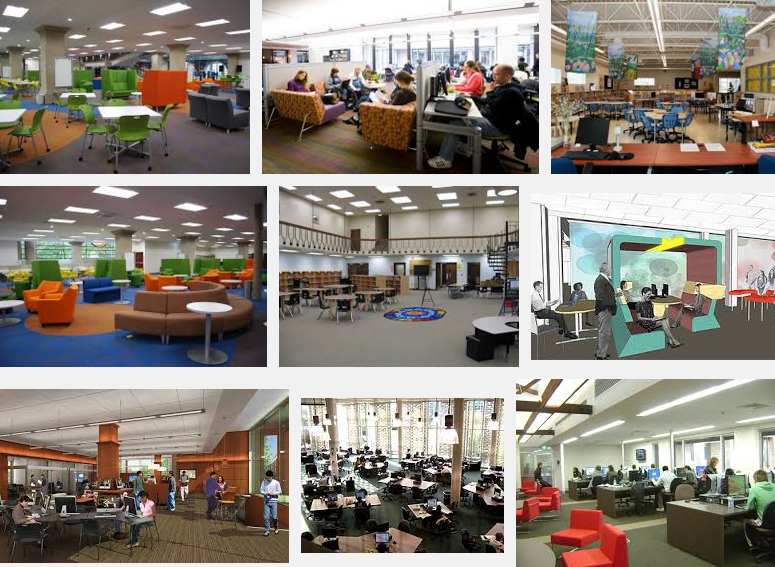

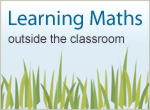 Educators are working hard to help each student in Thames Valley to grow and learn in math. However, we cannot do it alone and not nearly as well as when students are supported by resources and a caring circle of adults beyond the school. Math beyond the classroom matters …a lot!
Educators are working hard to help each student in Thames Valley to grow and learn in math. However, we cannot do it alone and not nearly as well as when students are supported by resources and a caring circle of adults beyond the school. Math beyond the classroom matters …a lot!